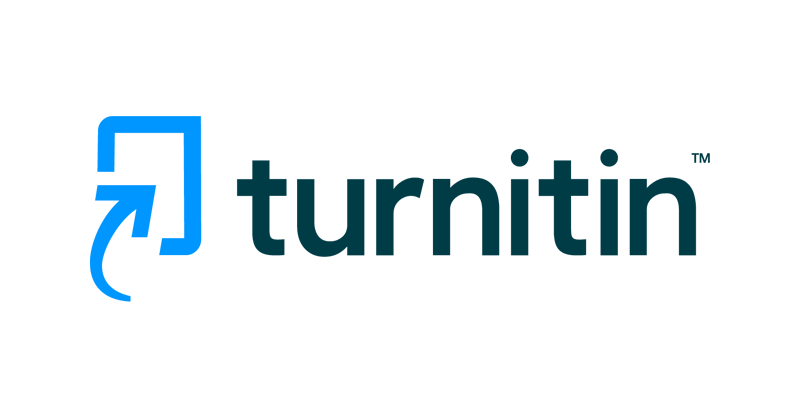AUTHOR GUIDELINES
Author Guidelines
Journal of Healthy and Prosperous Families (JHAF)
Abstract of the Article
Objective. The study aims to determine methodological approaches to evaluating and managing family health education programs among school-aged children.
Materials and Methods.
Participants included 85 girls aged 12–14 years who took part in a family health promotion program. The research applied several methods: scientific literature analysis, field observation, family interviews, and descriptive statistical analysis. Measurements included indicators of nutritional knowledge, physical activity, and healthy lifestyle habits within the family setting.
Results.
Findings showed that family support and the quality of parent–child communication significantly influenced the adoption of healthy lifestyle habits (p < 0.001). The canonical discriminant function revealed that the most pronounced differences in healthy behavior were between families with high and low engagement in health programs.
Conclusions.
Family health education assessment can be based on measuring family involvement, effective communication, and children’s healthy lifestyle practices.
Keywords: family health; well-being; health education; family communication; healthy lifestyle behavior.
Manuscript Requirements
1. Title Page
The title page must include:
-
Title: Concise and informative, no more than 15 words.
-
Authors: Provide first and last names. If several authors, separate them with commas.
-
Institutional Affiliation: The official name of the institution or research organization.
-
Author Contribution: Each author is assigned a letter (A–E) to indicate contribution.
-
Corresponding Author: Provide full name and email address.
Example:
THE ROLE OF PARENTAL COMMUNICATION IN SHAPING HEALTHY LIFESTYLE BEHAVIORS AMONG ADOLESCENTS
Rina Wulandari¹ABCD, Adi Pratama²ABCD
-
Faculty of Public Health, Nusantara University
-
Center for Family Well-being Studies, Indonesia
Authors’ Contribution:
A – Study design;
B – Data collection;
C – Data analysis;
D – Manuscript preparation;
E – Funding acquisition.
Corresponding Author:
Rina Wulandari, e-mail: rina.w@uninus.ac.id
2. Introduction
The introduction should include:
-
Statement of the problem: Clearly state the main issue being investigated (e.g., family health, nutrition, parenting patterns, mental well-being).
-
Review of previous studies: Summarize relevant research findings.
-
Purpose and hypothesis of the study.
3. Materials and Methods
For Original Research Articles
-
Study participants: Describe the characteristics of the studied families or individuals (e.g., number of families, age, socio-economic background).
-
Study design and organization: Indicate research type, methods, and stages of the intervention or observation.
-
Instruments and measurements: Mention tools used, such as questionnaires, interviews, or observation sheets.
-
Statistical analysis: Describe the statistical methods applied.
Ethical approval from an institutional or national ethics committee is required and must be documented.
For Review Articles
-
Materials for analysis: Specify sources and databases searched, including search dates.
-
Study selection process: Define inclusion and exclusion criteria.
-
Data analysis: Describe how the data were processed, synthesized, and integrated.
4. Results
For Original Research
Results should be presented logically in tables, figures, and text.
Tables may include:
-
Research indicator
-
Group description
-
Mean and standard deviation
-
Significance value (p-value)
-
Effect size
Notes:
-
Always refer to tables and figures in the text.
-
Highlight statistically significant findings.
-
Limit the number of tables/figures to six (6).
For Review Articles
Specify the number of studies reviewed, summarize their main characteristics, and provide an evaluation of the strength of the evidence.
5. Discussion
The discussion should include:
-
Interpretation of the main results and relation to the hypothesis.
-
Comparison with previous studies on family health and well-being.
-
Practical implications for family health education or policy.
-
Study limitations and recommendations for future research.
6. Conclusions
Conclusions should:
-
Be consistent with the study objectives.
-
Be directly supported by the research findings.
-
Indicate the study’s contribution to improving family health and resilience.
7. Acknowledgements
State the funding institution, project title, and registration number (if applicable).
Example:
The study was supported by the Center for Family Resilience Research, Ministry of Health of the Republic of Indonesia, under the project “Strengthening Healthy Family Resilience 2024” (Registration No. 0124/KEMKES/PSK/2024).
8. Conflict of Interest
Example:
The authors declare no conflict of interest.
9. References
-
Total references: 30–75.
-
Most should be peer-reviewed journal articles.
-
Limit non-journal sources (books, proceedings, reports, etc.) to five (5).
-
Include DOI in full URL format (e.g., https://doi.org/10.xxxx).
-
Use APA 7th edition style.
-
References are listed in order of appearance in the text (not numbered).
Example:
Wulandari, R., & Pratama, A. (2023). The relationship between family communication and healthy lifestyle behavior among school-aged children. Journal of Healthy and Prosperous Families, 5(2), 101–115. https://doi.org/10.12345/jhaf.v5i2.2023
10. In-Text Citations
Follow APA 7th edition author–date format.
Each in-text citation should contain no more than 2–3 sources.
Example:
Family involvement in children’s health activities significantly influences the development of healthy lifestyle habits (Rahmawati & Yusuf, 2022; Wulandari, 2023).
11. Author Information
Provide author details as follows:
Last name, First name: e-mail; ORCID iD; department name; institution name; institutional address.
Example:
Wulandari, Rina: rina.w@uninus.ac.id; ORCID: 0000-0002-1234-5678; Faculty of Public Health, Nusantara University, Jl. Merdeka No. 10, Bandung.
12. Manuscript Submission Procedure
All manuscripts must be submitted online through the JHAF submission system.
Submission steps:
-
Enter preliminary submission information → click Save and Continue.
-
Upload the main article file (Article Text).
-
Add metadata (title, abstract, authors, keywords, references).
-
Confirm submission → click OK.
-
Submission complete. The editor will receive an automatic notification.
13. Copyright Notice
Authors who publish with JHAF agree to the following terms:
-
Authors retain copyright and grant the journal the right of first publication under a Creative Commons Attribution License (CC BY).
-
Authors may distribute the published version non-commercially, acknowledging the original publication in this journal.
-
Authors are encouraged to post their preprints in institutional repositories or on personal websites to increase accessibility and citation potential.
14. Privacy Statement
Names and email addresses entered in this journal site will be used exclusively for the stated purposes of the Journal of Healthy and Prosperous Families and will not be made available for any other purpose or to any other party.












